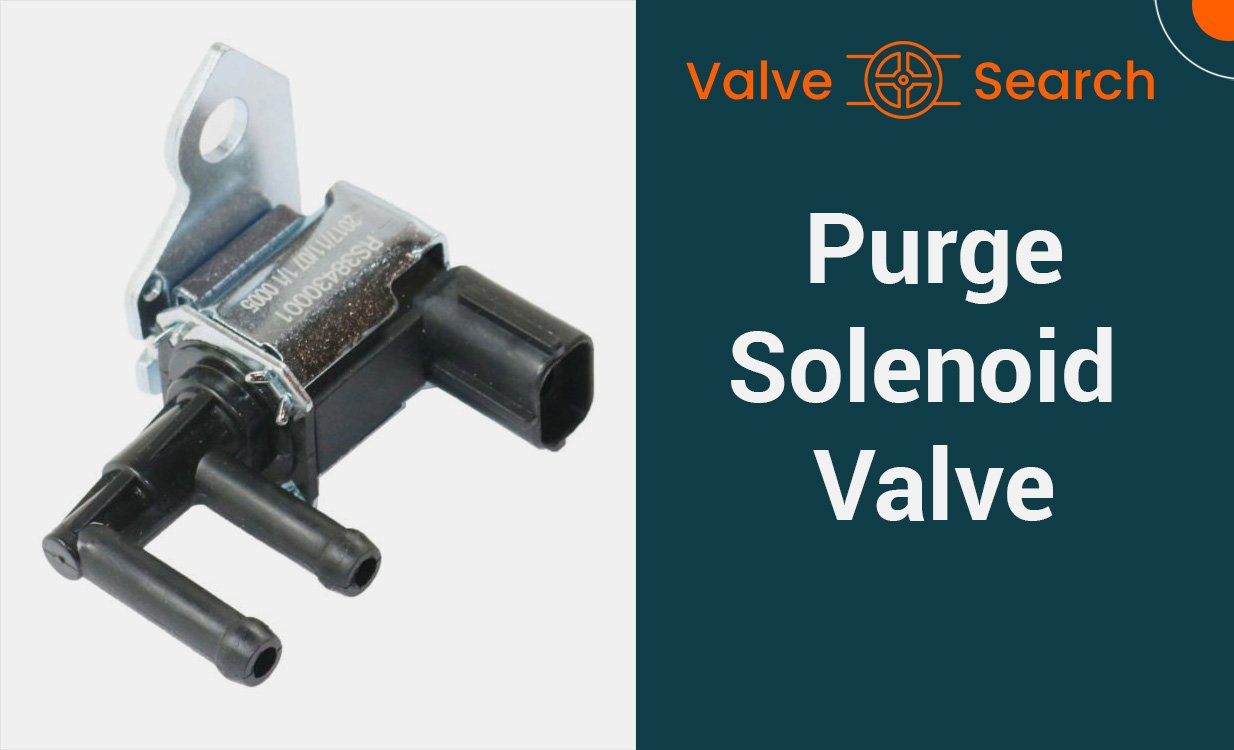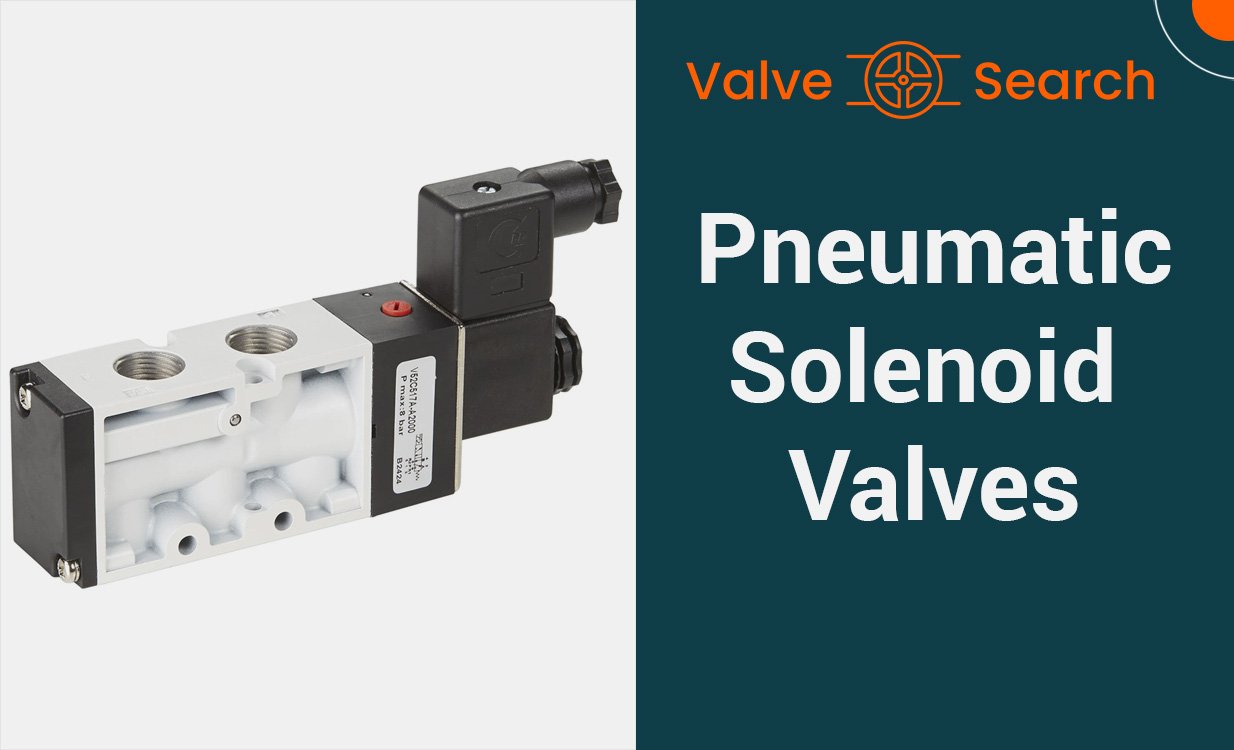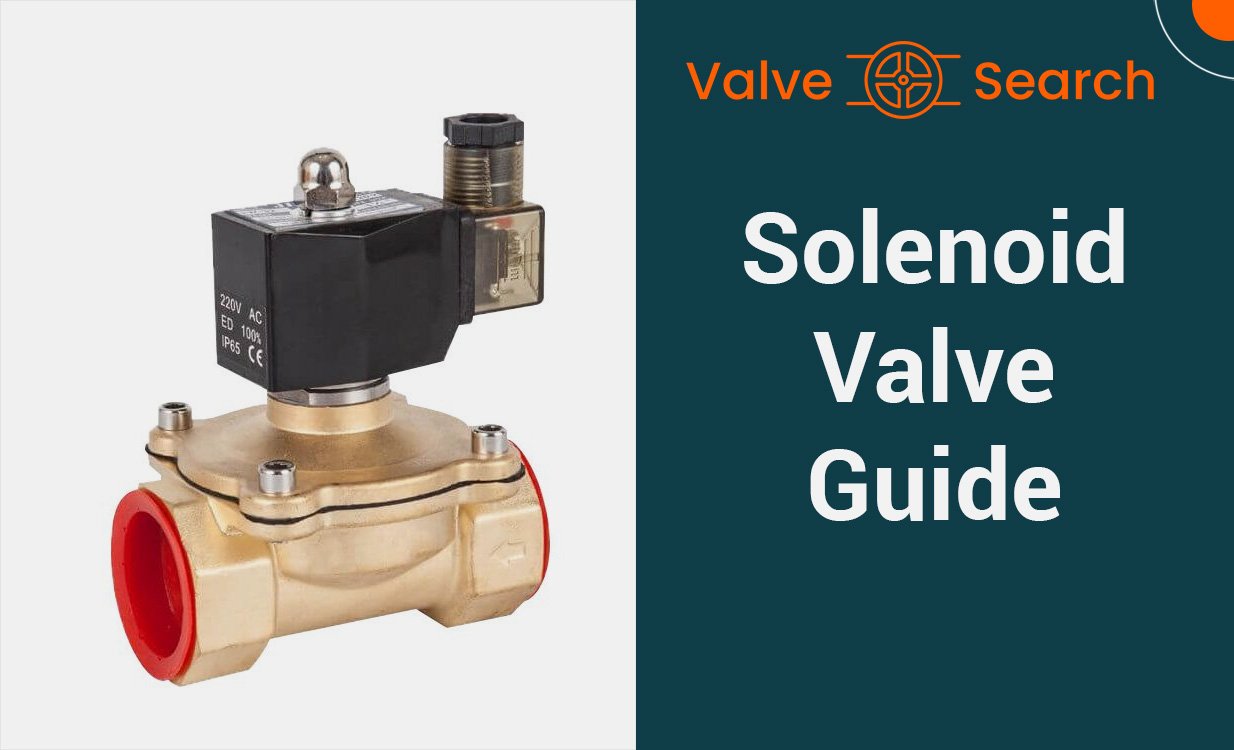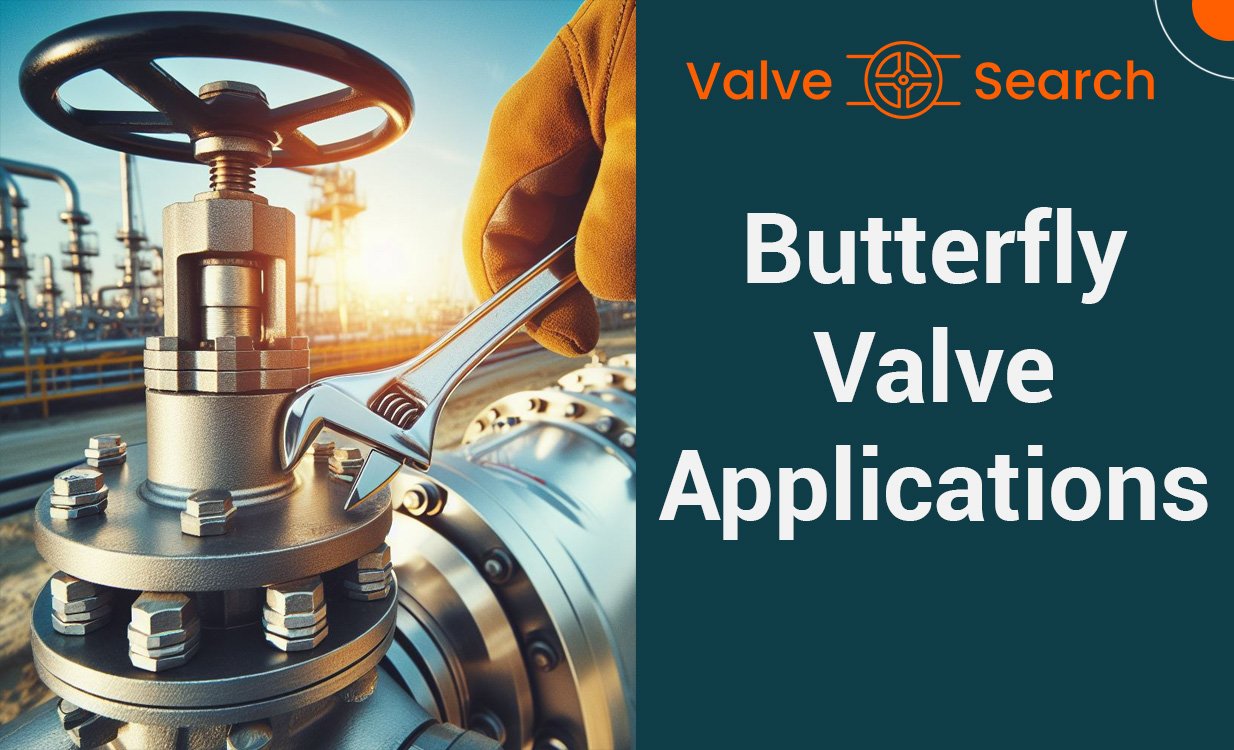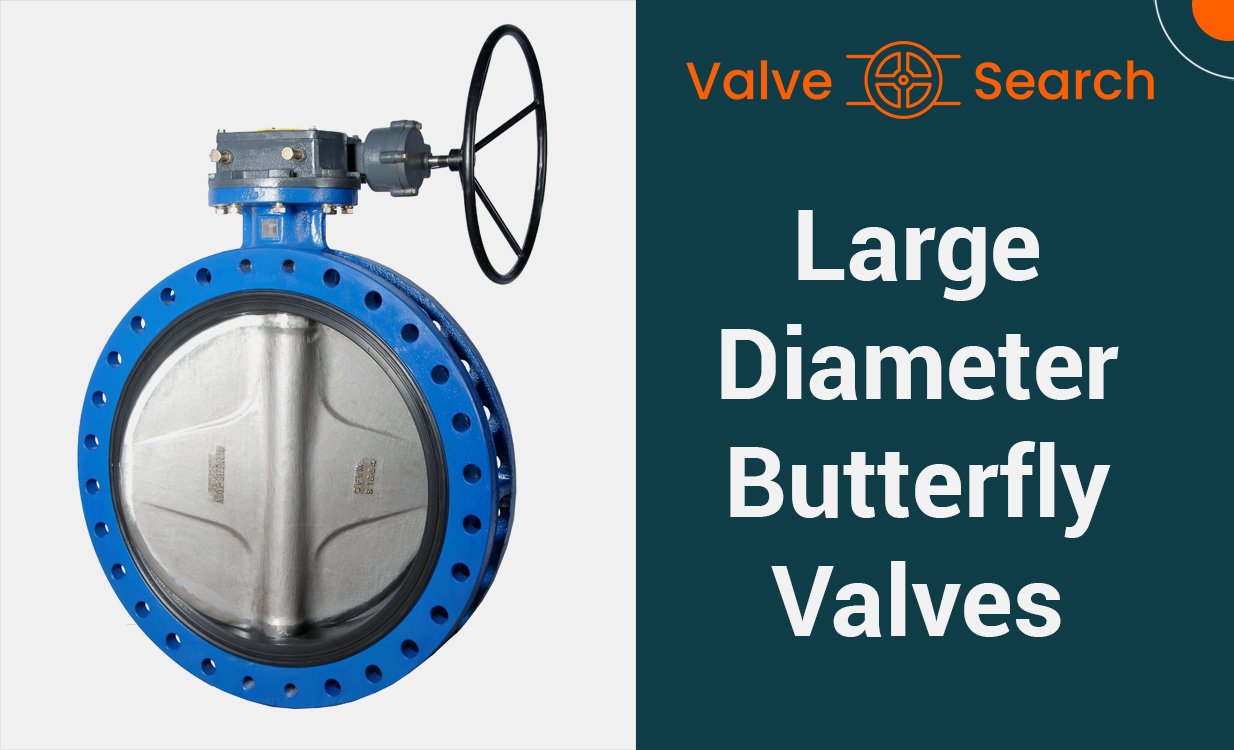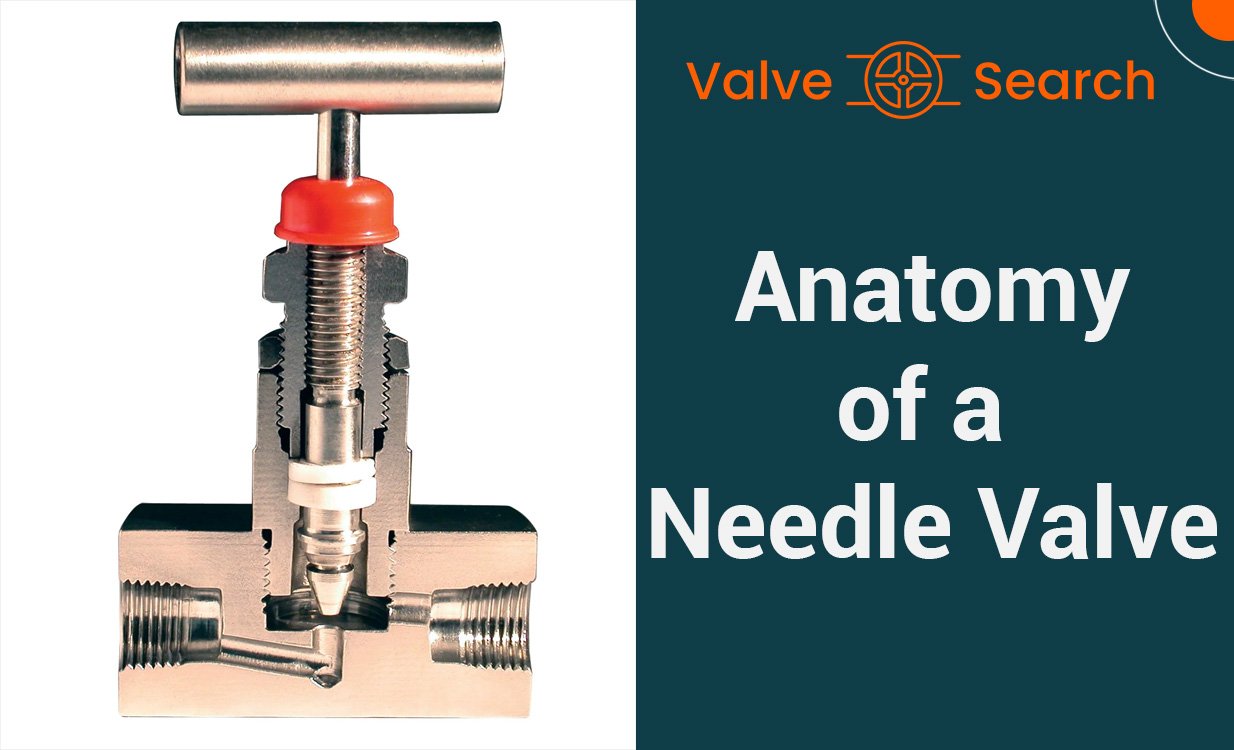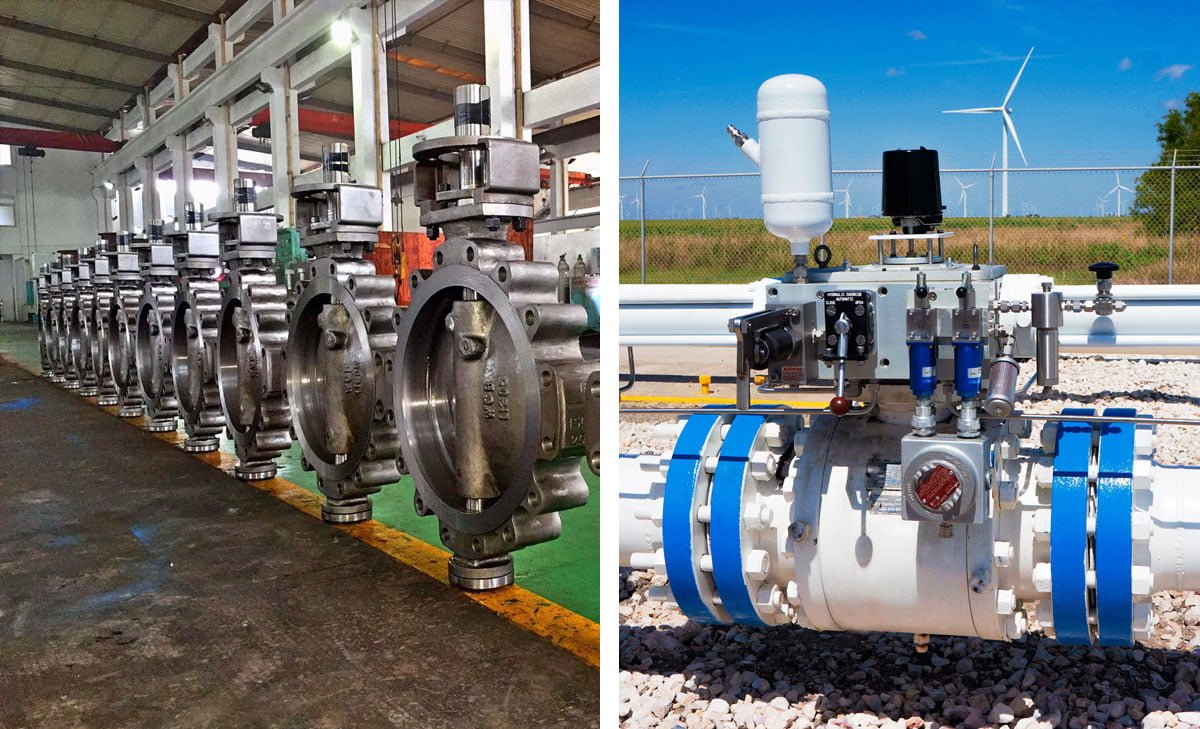The Ultimate Guide to Butterfly Valves: Types, Applications, and Future Trends

Table of Contents
ToggleButterfly Valves in Action: Applications and Best Practices
When it comes to improving the visibility of your website in search engine results and attracting more traffic, an effective SEO strategy is crucial. Analyzing and understanding existing content is a key part of this process, and creating a comprehensive, fully SEO-optimized blog post can significantly enhance your online presence.
In this post, we’ll delve into the importance of creating SEO-optimized content and how it can bolster your website’s performance in search engine rankings. By examining and analyzing existing posts, we can identify opportunities for improvement and tailor our content to be more relevant and valuable to our target audience.
Through in-depth analysis and optimization, we aim to create a post that not only meets the needs of our audience but also aligns with the latest SEO best practices. By leveraging the right keywords, enhancing readability, and providing comprehensive information, we can strengthen the impact of our content and maximize its visibility in search results. This approach will ultimately contribute to a more robust and effective SEO strategy for your website.
What is a Butterfly Valve?
A butterfly valve is a type of valve that is used to isolate or regulate the flow of a fluid within a pipe. It belongs to the family of quarter-turn rotational motion valves and is known for its efficient on-off and modulating services.
Structure and Functionality
The butterfly valve consists of a metal disc mounted on a rod, which acts as the closing mechanism. When the valve is in the closed position, the disc is rotated to completely block off the passageway. This simple yet effective design allows for quick and easy operation, making it suitable for various applications.
Types of Butterfly Valves
There are several types of butterfly valves, including:
- Wafer Type: These valves are lightweight and require less space for installation, making them ideal for applications with limited space.
- Lug Type: Lug style valves have threaded inserts at both sides of the valve body, which allows for easy installation and maintenance.
- High-Performance: These valves are designed for high-pressure and high-temperature applications, providing reliable performance in demanding conditions.
Applications in Different Industries
Butterfly valves find applications in various industries due to their versatility and effectiveness. They are commonly used in water supply systems, HVAC systems, chemical processing, oil and gas, and food and beverage industries. Their ability to control the flow of fluids with minimal pressure drop makes them a popular choice across different sectors.
In conclusion, the butterfly valve’s simple yet robust structure, diverse types, and wide-ranging applications make it a crucial component in fluid control systems. Its efficiency and reliability have solidified its position as a go-to valve for many industrial and commercial operations.
Advantages of Butterfly Valves
Butterfly valves offer several advantages that make them a popular choice for various industrial and commercial applications. They provide a cost-effective solution, space-saving design, and low pressure drop, making them a versatile option for fluid control systems.
Cost-Effective Solution
One of the key advantages of butterfly valves is their cost-effectiveness. Compared to other types of valves, butterfly valves are often more affordable to purchase and maintain. This makes them an attractive option for businesses looking to optimize their fluid control systems without overspending on equipment.
Space-Saving Design
Butterfly valves are designed to be space-saving, making them ideal for applications where space is a premium. Their compact design and efficient operation make them a practical choice for installations where there may be spatial constraints, allowing for more flexible and streamlined system designs.
Low Pressure Drop
In addition to their cost-effectiveness and space-saving design, butterfly valves offer low pressure drop during operation. This means that they minimize the resistance to flow, allowing for efficient and smooth fluid control. The low pressure drop characteristic can contribute to energy savings and better overall system performance.
These advantages make butterfly valves a versatile and practical choice for a wide range of applications, providing efficient fluid control while offering cost savings and space optimization.

Selection and Sizing
When it comes to selecting and sizing a butterfly valve, several key factors need to be taken into consideration to ensure optimal performance. By understanding the specific requirements of your application and the characteristics of the media being handled, you can make informed decisions that will result in a well-suited and efficient butterfly valve system.
Media Characteristics
Before selecting a butterfly valve, it is crucial to thoroughly analyze the characteristics of the media that will be flowing through it. Consider factors such as temperature, pressure, viscosity, corrosiveness, and abrasiveness of the media. These properties will dictate the type of materials needed for the valve components, as well as the appropriate size and design to handle the specific conditions.
Flow Rate and Pressure Drop
Understanding the flow rate and pressure drop within the process system is essential for sizing the butterfly valve correctly. Calculating the expected flow rate and pressure drop will help in determining the appropriate size of the valve to ensure smooth and efficient flow control. Oversized or undersized valves can lead to operational issues and reduced system performance.
Application Specifics
Consider the specific requirements of the application, such as the intended function of the valve, the degree of control needed, and any special operating conditions. Whether the valve is used for isolation, regulation, or on/off control, these factors will influence the selection of the most suitable butterfly valve design and actuation method.
Installation and Maintenance
Factor in the installation and maintenance requirements when selecting a butterfly valve. Accessibility for installation and future maintenance, as well as any special mounting considerations, should be taken into account to ensure seamless integration into the existing system and ease of ongoing maintenance.
By carefully evaluating these aspects, you can make informed decisions when selecting and sizing a butterfly valve, resulting in a system that meets the specific needs of your application while ensuring efficient and reliable operation.

Installation and Maintenance
When it comes to butterfly valves, proper installation and regular maintenance are essential for their optimal performance and longevity. Proper installation procedures and maintenance best practices play a significant role in ensuring the efficient operation of butterfly valves.
Proper Installation Procedures
During the installation of a butterfly valve, it is crucial to follow a series of meticulous steps to guarantee its functionality. First and foremost, aligning the connecting pipe flanges accurately before installing the valve is imperative. This ensures a secure and reliable connection, minimizing the risk of leakage or malfunction.
Next, when installing a manual operated valve, the lever needs to be securely installed, whereas for a gear operated valve, the hand-wheel must be fitted correctly. Additionally, before fully tightening the bolts, ensuring that the valve is in the fully open position is essential to prevent any operational complications.
Furthermore, the proper storage and handling of the valve before installation should not be overlooked. A comprehensive understanding of the valve’s construction and operational requirements is vital to execute the installation process accurately.
Maintenance Best Practices
Regular maintenance is crucial to ensure that the butterfly valve continues to function optimally throughout its lifecycle. For instance, cycling the valve once a month or more, especially if it is not used regularly, helps prevent potential operational issues and maintains its responsiveness.
Moreover, relieving the system pressure before conducting any maintenance on the valve is a safety measure that should never be disregarded. This practice minimizes the risk of accidental release of pressurized fluids, safeguarding both the equipment and personnel.
In addition to these practices, periodic checks, testing of the valve’s components, and ensuring the integrity of seals and gaskets are integral to effective maintenance. These proactive measures mitigate the likelihood of unexpected malfunctions and contribute to the overall reliability and efficiency of the valve.
By adhering to proper installation procedures and implementing regular maintenance best practices, the longevity and performance of your valves can be maximized, ensuring their seamless operation in various industrial applications.
Common Challenges and Troubleshooting
Butterfly valves are efficient flow control devices, but they are not without their challenges and potential troubleshooting needs. Understanding these common issues is crucial for maintaining the optimal performance of butterfly valves.
Corrosion and Erosion Issues
Corrosion and erosion are common challenges faced by butterfly valves, especially in applications where they are exposed to aggressive chemicals or abrasive materials. Corrosion can weaken the valve body and trim, leading to leakages and reduced operational efficiency. Erosion, on the other hand, can cause wearing of the valve components, affecting their integrity over time.
To address these issues, it is essential to select materials that offer high resistance to corrosion and erosion, such as stainless steel, duplex steel, or special alloy coatings. Regular inspection and maintenance can help identify early signs of corrosion and erosion, allowing for timely corrective measures to be taken.
Seal and Gasket Problems
Ineffective seals or gaskets can lead to leakages in butterfly valves, compromising their performance and posing potential safety hazards. Common issues include seal degradation, improper installation, or damage from excessive pressure or temperature variations.
Proper installation and regular maintenance are essential to ensure the integrity of seals and gaskets. Additionally, choosing high-quality sealing materials that are compatible with the specific operating conditions can mitigate the risk of seal-related problems, promoting reliable valve operation.
Flow Control and Regulation
Accurate flow control and regulation are critical for the efficient performance of butterfly valves. However, issues such as flow restrictions, cavitation, or improper sizing can impact the valve’s ability to regulate flow effectively. These challenges can result in inefficiencies, poor process control, and premature wear of valve components.
To overcome these challenges, it is important to conduct thorough calculations and simulations to ensure proper valve sizing and selection. Additionally, implementing flow control accessories, such as throttling devices or anti-cavitation trims, can enhance the valve’s performance and extend its service life.
Understanding the common challenges and implementing proactive troubleshooting measures is essential for optimizing the reliability and longevity of butterfly valves in various industrial applications. By addressing these issues effectively, operators can ensure smooth operations and minimize potential downtime associated with valve-related problems.
Future Trends in Butterfly Valve Technology
Advancements in butterfly valve technology are continually shaped by emerging trends that are set to revolutionize the industry in the coming years. By understanding these trends, businesses and professionals can stay ahead of the curve and proactively align their strategies with the evolving landscape.
Adoption of Smart Valve Technologies
The incorporation of smart technologies into butterfly valves is on the rise, enabling real-time monitoring, remote operation, and predictive maintenance. This trend not only enhances operational efficiency but also contributes to greater control and responsiveness in industrial processes.
Enhanced Materials and Coatings
Future butterfly valve designs are expected to leverage advanced materials and coatings to enhance durability, corrosion resistance, and longevity. Innovations in this area aim to address the challenges posed by harsh operating conditions while extending the service life of the valves.
Integration of IoT and Big Data Analytics
The integration of Internet of Things (IoT) capabilities and big data analytics is poised to revolutionize butterfly valve maintenance and performance optimization. By harnessing data-driven insights, businesses can anticipate potential issues, optimize valve performance, and streamline maintenance practices.
Sustainable and Eco-Friendly Solutions
The industry is witnessing a shift towards sustainable and eco-friendly butterfly valve solutions. This involves the development of valves that minimize environmental impact, promote energy efficiency, and align with increasingly stringent regulatory standards and sustainability goals.
Evolving Industry 4.0 Integration
As industries embrace the principles of Industry 4.0, valve technology is expected to integrate seamlessly with automated and interconnected systems. This includes compatibility with smart manufacturing processes, digital twin simulations, and advanced control systems for enhanced precision and adaptability.
Customization and Modular Designs
Future trends indicate a growing emphasis on customizable and modular butterfly valve designs to cater to diverse applications and specific operational requirements. This trend aims to offer tailored solutions that align with unique industry demands and facilitate easier integration within complex systems.
Stay tuned to our blog for more insights into the evolving landscape of butterfly valve technology and its impact on industrial operations.
FAQ: The Ultimate Guide to Butterfly Valves: Types, Applications, and Future Trends
What are the different types of butterfly valves?
- Butterfly valves come in various types including wafer, lug, and flanged. The wafer type is lightweight and easy to install between flanges. The lug type has threaded inserts and can be installed without using flanges. The flanged type, on the other hand, is secured to the pipeline using two separate flanges.
What are the common applications of butterfly valves?
- Butterfly valves are commonly used in applications such as HVAC, water treatment, chemical processing, and power generation. They are also employed in industries like oil and gas, marine, and food and beverage for flow regulation and isolation.
What are the future trends in butterfly valve technology?
- The future of butterfly valves is focused on enhanced materials and coatings for improved corrosion resistance, innovative designs for better flow control, and the integration of smart technologies for remote monitoring and control.
Where can I find more detailed information about butterfly valves?
- For more in-depth information about butterfly valves, you can refer to authoritative sources such as control valve manufacturers’ websites, industry-specific guides, and valve selection resources.
What are the key features of wafer type butterfly valves?
- Wafer type butterfly valves typically have upper and lower bearings to maximize valve life, direct mount design, and resilient seats for sealing. They are known for their ease of installation and lightweight construction.
How do wafer, lug, and flanged butterfly valves differ from each other?
- Wafer butterfly valves are lighter and easier to install between flanges, lug butterfly valves can be installed without using flanges, and flanged butterfly valves are secured to the pipeline using two separate flanges.
Conclusion
In conclusion, understanding the intricacies of butterfly valves is crucial for optimizing industrial fluid control systems. By delving into the mechanics and applications of butterfly valves, we can develop more comprehensive and SEO-optimized content that addresses the specific needs of our audience. Emphasizing the importance of quarter-turn valves and their role in on-off or modulating services will undoubtedly elevate the quality and relevance of our content, catering to the technical interests of industry professionals. Incorporating in-depth knowledge about the functionality and advantages of butterfly valves will undoubtedly enhance the value of our content, positioning it as an authoritative resource in the field of industrial fluid control.


